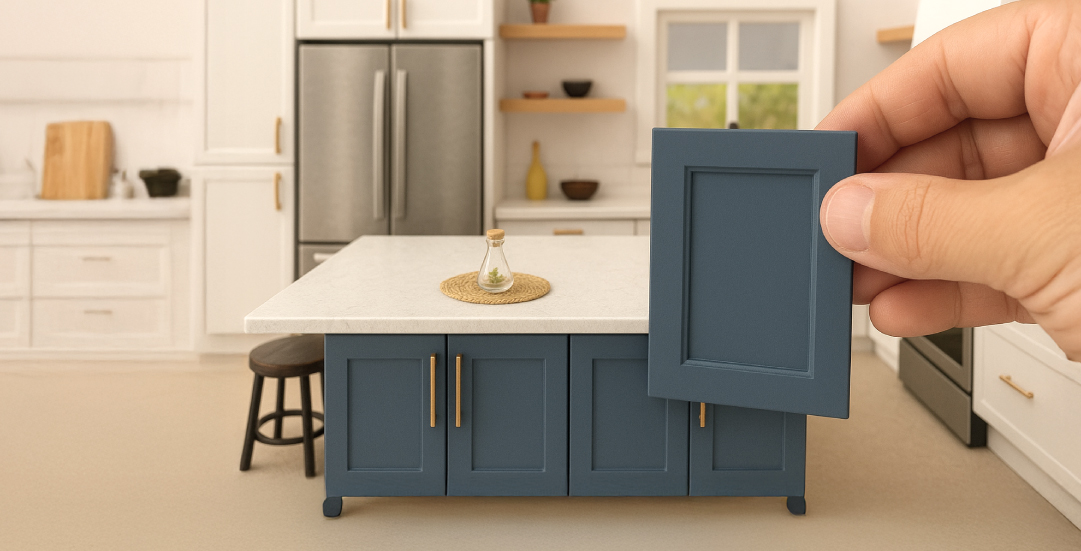Choosing the Right Cabinet Hardware: Style, Size & Placement
Somehow, it’s always the smallest decisions that feel the hardest.
You’ve chosen your layout. You’ve picked your cabinetry. But then the hardware question hits. Suddenly, you're staring at rows of handles, knobs, finishes, and sizes, wondering how something so small got so complicated.
What shape? What size? What finish? Should it match the faucet? The lighting? Should it blend in or make a statement?
It’s a lot. And when you’re trying to make sure every detail feels right, it’s easy to second-guess yourself.
At Prestige, we walk clients through these decisions every day. Hardware isn’t something we treat as an afterthought. It’s part of the bigger picture. A good cabinetry plan doesn’t just guide the structure of your space. It gives clarity for the details too, including the ones you touch every single day.
If you’re trying to make the right call on hardware, here’s a simpler way to think through it.
Style Should Feel Natural, Not Forced
We always start with this question: what role should the hardware play in your space?
Some homes call for something bold. Others feel best with something quiet and understated. It all depends on the cabinetry, the room, and the overall feel you're going for.
“Hardware should support the cabinetry, not compete with it.”
When the design is balanced, you don’t notice the hardware as separate. It just feels right.
That’s how you know you’ve chosen well.
Size and Scale Should Reflect the Space
This is where things often go off-track. A pull that looked perfect in a display can feel out of place once it’s installed. And when hardware is undersized or oversized, you feel it every time you open a drawer.
There are guidelines, of course. But more than anything, we pay attention to proportions. Large drawers may need longer pulls. Smaller doors may suit a simple knob. It’s about what feels balanced, not what a trend suggests.
A good cabinetry plan accounts for this from the start so you’re not trying to retrofit solutions later.
Placement Should Support the Way You Use the Space
Where hardware lands on the cabinetry changes how it feels to use. It’s not just about lining things up. It’s about making everyday movement easier.
We often recommend testing placement before finalizing. Even taping samples onto doors can help you see what feels intuitive. That five-minute test often saves people from years of daily annoyances.
And when cabinetry is designed thoughtfully, placement decisions become easier. There’s a natural rhythm to the space and the hardware just follows it.
Finish Should Belong to the Room, Not Just the Hardware Display
This is where most people get stuck. It’s easy to fall in love with a finish on a showroom sample. But finishes don’t live on their own. They live inside your space with your cabinetry, your lighting, your appliances, and your flooring.
Rather than asking what’s on trend, it’s better to ask what makes sense with everything else you’ve chosen.
The right finish doesn’t have to match everything. It just needs to fit.
The Best Hardware Decisions Don’t Happen in Isolation
This isn’t really about choosing the right pull or knob. It’s about how those decisions feel when they’re made with context.
When the cabinetry is designed well, hardware selection becomes simple. You’re not starting from scratch. You’re finishing something that’s already been carefully thought through.
It doesn’t have to be stressful. It can actually be satisfying.
|

